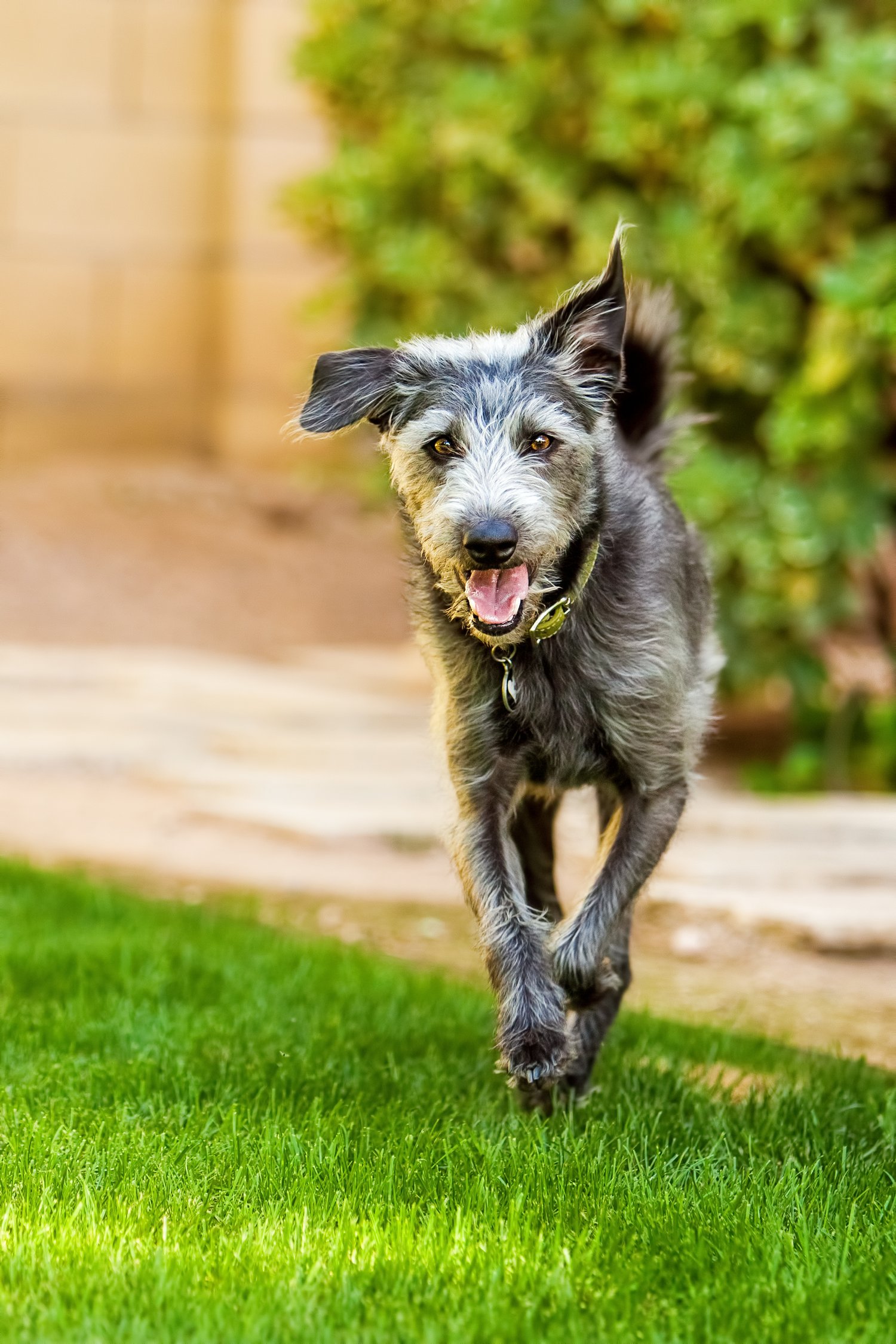As pet owners, we do everything we can to ensure our furry friends are safe and happy. But when it comes to gardening and indoor plants, many of us may not realize that certain plants can be harmful, or even deadly, to pets. Dogs, cats, and other pets are naturally curious, and they often chew on plants or play with them, which can lead to accidental poisoning or other health problems. If you love having a garden or indoor plants but want to keep your pets safe, it’s essential to know which plants should be avoided.
Here’s a guide to the outdoor and indoor plants that can pose a risk to your pets. This list will help you make informed choices about your home’s greenery, ensuring your pets are safe from harmful toxins.
Outdoor Plants to Avoid
- Oleander (Nerium oleander)
Oleander is a beautiful, flowering shrub often used in landscaping due to its vibrant blooms. However, it’s one of the most toxic plants to both dogs and cats. Every part of the oleander plant, including its leaves, flowers, and stems, contains toxic compounds called cardiac glycosides. Ingesting even a small amount of oleander can cause serious heart issues, drooling, vomiting, and even death. It’s best to avoid this plant if your pet has access to your yard or garden. - Foxglove (Digitalis purpurea)
Foxglove is another ornamental plant with striking, tubular flowers. While its beauty may be appealing to gardeners, it contains toxins that can cause significant harm to pets. Foxglove contains digitalis, which can lead to symptoms such as vomiting, diarrhea, seizures, and heart arrhythmias if ingested. In severe cases, it can be fatal. If you have foxglove in your garden, it’s important to keep pets away from it. - Azalea (Rhododendron spp.)
Azaleas are widely used in landscaping for their bright, colorful blooms, but they contain grayanotoxins that can cause poisoning in pets. These toxins can result in symptoms such as drooling, vomiting, diarrhea, lethargy, and in some cases, even coma or death. Even small amounts of azalea leaves or flowers can be dangerous, so it’s best to avoid planting them in your yard if you have pets. - Sago Palm (Cycas revoluta)
Sago palms are popular ornamental plants that add a tropical feel to outdoor spaces. However, they are highly toxic to both dogs and cats, especially the seeds. Ingesting any part of the sago palm can lead to severe liver damage, vomiting, diarrhea, seizures, and even death. This plant is especially dangerous because its toxic compounds, known as cycasin, can be deadly even in small quantities. If you have a sago palm in your yard, make sure your pets are kept away from it at all times. - Yew (Taxus spp.)
Yew shrubs, often used in hedges and decorative landscaping, contain toxic compounds called taxines that can cause vomiting, diarrhea, difficulty breathing, and even sudden death if ingested by pets. All parts of the plant, except for the fleshy part of the berry, are toxic. If you have yew shrubs in your yard, be extra cautious, as pets may be attracted to the bright red berries. - Lantana (Lantana camara)
Lantana is a popular flowering plant known for its colorful, clustered blooms. However, it can be toxic to pets if consumed. Ingesting lantana can cause symptoms like vomiting, diarrhea, lethargy, and even liver damage. While it’s commonly used in gardens, it’s important to note that lantana is toxic to both dogs and cats, and caution should be exercised around this plant.
Indoor Plants to Avoid
- Aloe Vera (Aloe barbadensis miller)
Aloe vera is widely known for its medicinal uses, especially for treating burns and skin irritations. However, it’s toxic to both dogs and cats if ingested. Aloe contains saponins and anthraquinones, which can cause vomiting, diarrhea, lethargy, and tremors. If you keep aloe vera as a houseplant, ensure it’s placed in an area that’s completely out of reach of pets. - Peace Lily (Spathiphyllum spp.)
Peace lilies are commonly used as indoor plants because of their attractive white flowers and ability to purify the air. However, they contain calcium oxalate crystals, which can cause significant irritation and toxicity in pets. Ingesting peace lily parts can lead to symptoms such as drooling, pawing at the mouth, difficulty swallowing, vomiting, and diarrhea. It’s best to keep peace lilies out of your home if you have pets that may be tempted to chew on them. - Dieffenbachia (Dieffenbachia spp.)
Dieffenbachia, also known as “dumb cane,” is a popular houseplant due to its large, glossy leaves. However, it contains calcium oxalate crystals that can cause severe oral irritation, swelling, and difficulty swallowing in pets. Ingesting this plant can also lead to drooling, vomiting, and digestive upset. If you have dieffenbachia in your home, keep it well out of reach of pets to avoid any potential risks. - English Ivy (Hedera helix)
English ivy is a common houseplant known for its trailing vines and evergreen leaves. Unfortunately, it’s toxic to both dogs and cats. If ingested, English ivy can cause symptoms such as vomiting, diarrhea, drooling, and abdominal pain. The leaves, berries, and stems are all toxic to pets, so it’s crucial to avoid having this plant in areas where your pets can access it. - Philodendron (Philodendron spp.)
Philodendrons are widely loved for their attractive foliage and ability to thrive indoors. However, they contain calcium oxalate crystals, which can cause intense irritation in the mouth, throat, and gastrointestinal tract of pets. If ingested, pets may experience drooling, vomiting, and difficulty swallowing. For the safety of your pets, it’s best to avoid philodendron plants in pet-friendly homes.
Conclusion
While plants can enhance the beauty and air quality of your home and garden, it’s important to carefully choose species that are safe for your pets. Many common plants, both indoors and outdoors, can pose serious health risks to dogs, cats, and other pets if ingested. If you’re unsure whether a plant is safe for your pet, always do your research or consult a veterinarian before bringing it into your home or garden.
By being mindful of the plants you choose, you can create a pet-friendly environment that’s both beautiful and safe for your beloved furry companions.



